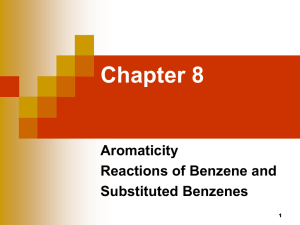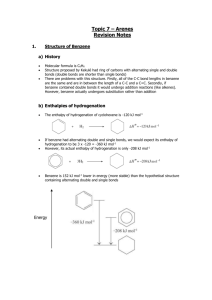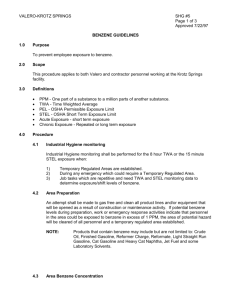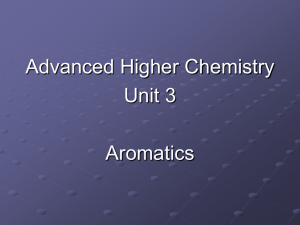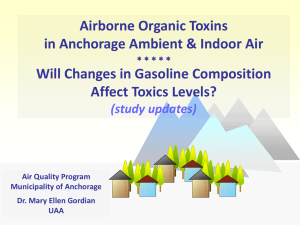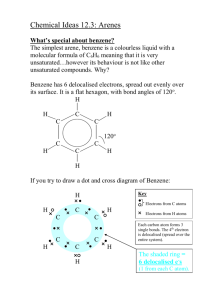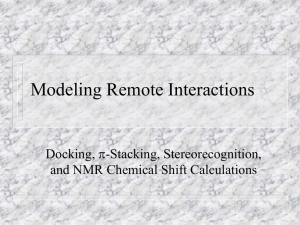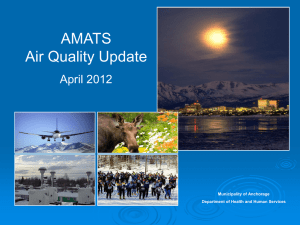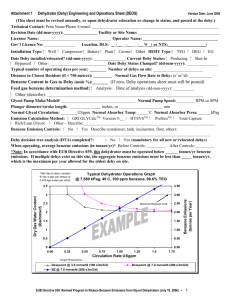(S-PMA) Test
advertisement
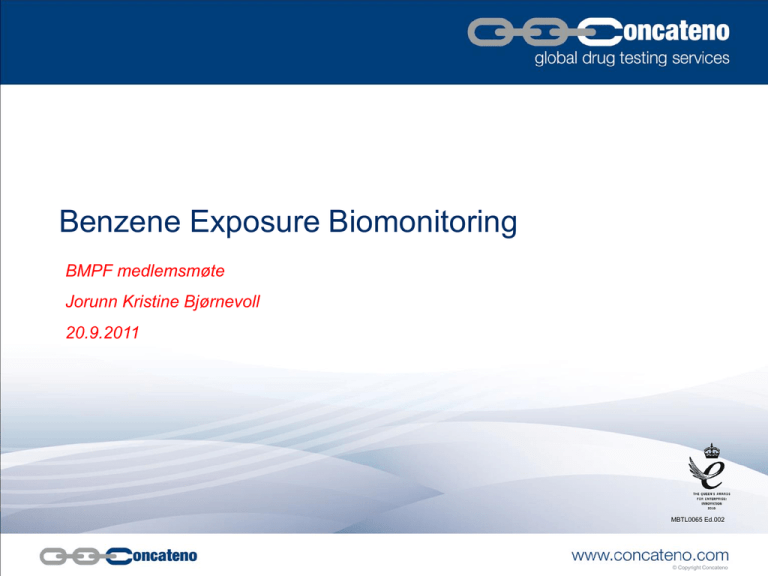
Benzene Exposure Biomonitoring BMPF medlemsmøte Jorunn Kristine Bjørnevoll 20.9.2011 MBTL0065 Ed.002 © Copyright Concateno Benzene Exposure Biomonitoring Overview • Benzene • Occupational exposure to benzene • Benzene monitoring • Benzene exposure biomonitoring Service © Copyright Concateno Benzene Where is it found? Benzene occurs naturally: • Crude oil • Natural gas • Combustion by-product Once processed it is found in: • Fuel e.g. Bunker oil • Chemical applications • • Pre-cursor Solvent © Copyright Concateno Benzene What’s the problem with it? “Occupational exposure to benzene may lead to marrow damage, which may take the form of aplastic anaemia, or acute myeloid leukaemia (AML)” Goldman, L., Ausiello, D. (eds.), Cecil textbook of medicine, 23rd Ed. (Philadelphia, 2008). Human exposure to benzene is a global health problem © Copyright Concateno Occupational Exposure to Benzene Who’s at risk? Industries where benzene exposure is a potential hazard include: • Oil, gas and chemicals – production and transportation • Coke and coal production • Petroleum storage and distribution • Steel production • Environmental clean-up and remediation • Emergency services © Copyright Concateno Benzene monitoring Benzene can be tested through • Airborne monitoring (gas detectors or charcoal badges) • Biomonitoring (phenol or S-PMA testing) Limitations of airbourne testing • Only measures benzene in air, not exposure level in body • Susceptive to damage (spills etc.) Limitations of phenol testing • Not benzene specific, not conclusive • Cannot measure low exposures © Copyright Concateno Benzene Exposure Biomonitoring Service The Urinary S-Phenyl Mercapturic Acid (S-PMA) Test • Specific to benzene (Boogaard, PJ., van Sittert, N.J. (1996)) • Simple test • Measures total exposure • S-PMA testing takes account of exposure levels in the body • Half life of 8-12 hours • Sensitive enough to meet the lower occupational exposure limits of 1 ppm and lower (Boogaard, PJ., van Sittert, N.J. (1996)) © Copyright Concateno Benzene Exposure Biomonitoring Service Measurement of urinary S-PMA Method: • Antibody approach based on an antiserum specific for S-PMA • Identifies recent exposure Aim: • Screening tool for occupational monitoring • Risk assessment tool • Identify issues before more complicated problems arise • Post-incident testing CGP7387 Ed:001 © Copyright Concateno Benzene Exposure Biomonitoring Service Sample collection kit • Convenient • Simple to use • Random or post incident samples • Rapid results Monitoring long term exposure • Test at regular intervals including a baseline sample Short term exposure • Test should be deployed immediately after shift or incident Urine accepted by OCIMF/SIRE (http://www.ocimf.com/SIRE/Sire-Documents (3.9)) © Copyright Concateno Summary of main points • Benzene is a known carcinogen • It can be tested through airborne monitoring (gas detectors or charcoal badges) • It can be tested through biomonitoring (phenol or S-PMA testing) • S-PMA testing takes account of exposure levels in the body, unlike airborne testing methods which measure environmental contamination (Boogaard, PJ., van Sittert, N.J. (1996)) • Unlike the phenol metabolite, the S-PMA metabolite is specific to benzene (Boogaard, PJ., van Sittert, N.J. (1996)) • Only S-PMA testing is sensitive enough to meet the lower occupational exposure limits (Boogaard, PJ., van Sittert, N.J. (1996)) • The S-PMA test is an effective way to measure exposure after incidents and to monitor benzene levels where a risk of exposure is present (Pople, J.E., Ball, R.L., Padgett, M.J., Aston, J.P. (2002)) © Copyright Concateno Questions? Jorunn Kristine Bjørnevoll Maritime Sales Manager Concateno Mobile: +47 48200660 Jorunn.bjoernevoll@concateno.com www.concateno.com © Copyright Concateno
